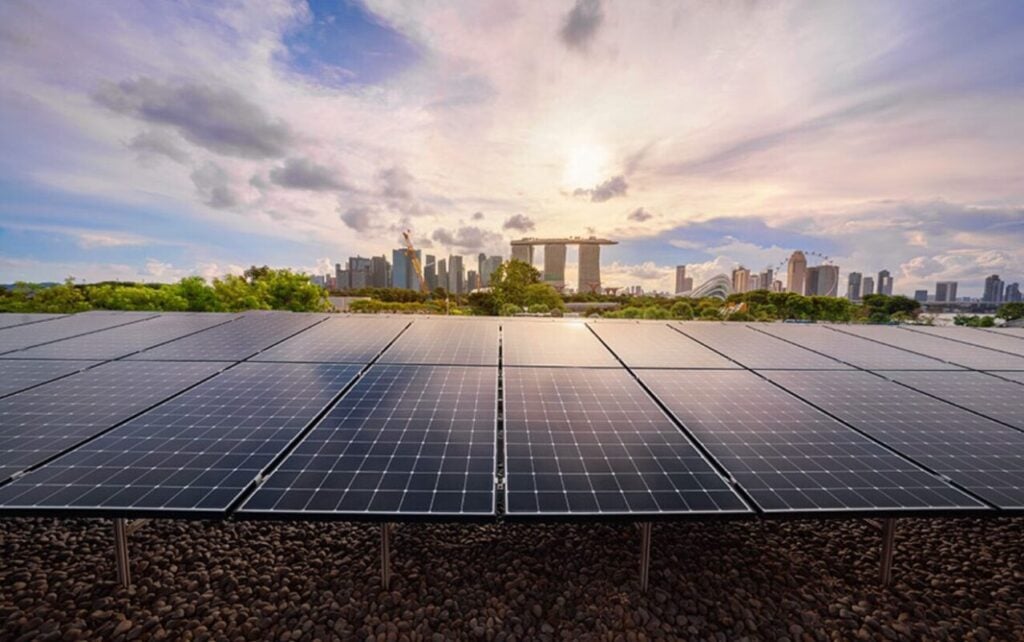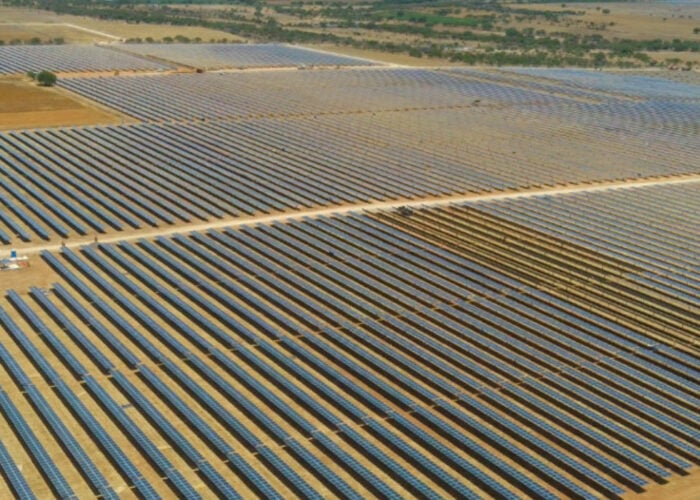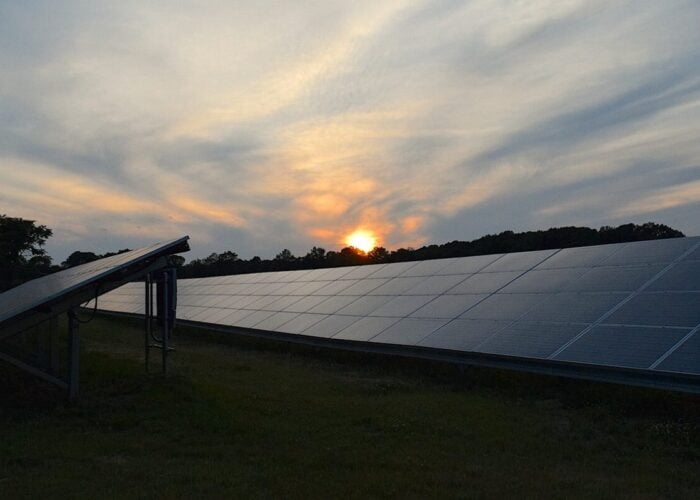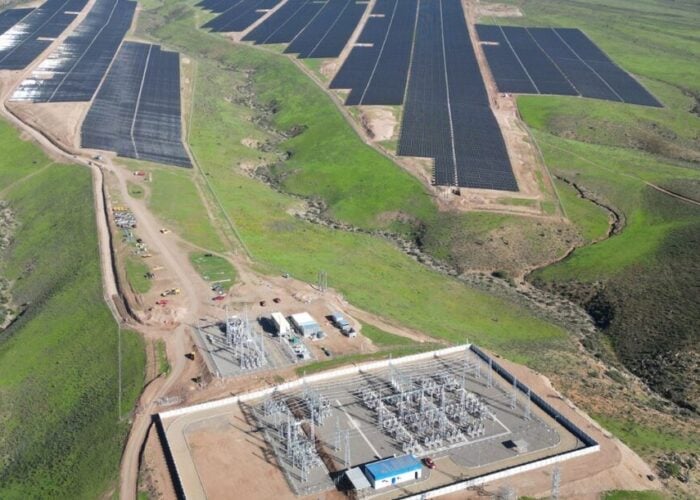
Solar module manufacturer Maxeon shipped just 153.2MW of modules in the first half of this year, just 15% of the capacity sold in the first half of 2024.
This is according to the company’s latest financial results, published last week and covering the first half of the year. The majority of the company’s past financial results have broken down sales on a quarterly basis, and the H1 2025 figures compare poorly to many of these quarterly figures; Maxeon shipped a lower capacity of modules in the first half of this year than in any single quarter over the last seven years.
Try Premium for just $1
- Full premium access for the first month at only $1
- Converts to an annual rate after 30 days unless cancelled
- Cancel anytime during the trial period
Premium Benefits
- Expert industry analysis and interviews
- Digital access to PV Tech Power journal
- Exclusive event discounts
Or get the full Premium subscription right away
Or continue reading this article for free
The low module sales also represent the fourth consecutive half-year that the company has seen half-on-half module sales decline, from 1,581MW modules sold in the first half of 2023. This means that the company’s module shipments have fallen by around 90% in two years, as shown by the graph below.
This collapse in module sales has driven a similar decline in revenue, with the company posting US$39 million in revenue in the first half of this year, just over one-tenth of the US$371.7 million posted in the first half of 2024.
Maxeon has sought to cut expenses across its operations, particularly outside the US, to offset this decline. Last year, the company sold sales and marketing divisions in Europe, the Middle East, Africa, Latin America and Asia-Pacific to the TCL Technology Group, the parent company of its largest shareholder, for around US$94 million to shore up its balance sheet.
The company noted that its operating expenses have halved, from US$110.3 million in the first half of 2024, to US$54 million in the first half of 2025. Similarly, its capital expenditures have fallen from US$36.9 million in the first half of last year to US$1.3 million in the first half of this year, as Maxeon focuses “exclusively” on the US, and the commissioning of a 2GW module assembly plant in the state of New Mexico.
Disputes with CBP
Many of these struggles stem from the company’s ongoing dispute with US Customs & Border Protection (CBP), which has prevented Maxeon from shipping modules to the US since July 2024.
CBP detained the modules as part of routine assessments to ensure compliance with the Uyghur Forced Labor Prevention Act (UFLPA), with which Maxon has consistently insisted it complies. Last week, Maxeon CEO George Guo called the detention an “unsubstantiated decision”, and in July the company filed a complaint with the US Court of International Trade. In April, CBP denied protests Maxeon had made against the detention, so the dispute will likely continue.
“We remain hopeful that the court will correct this unwarranted action that has severely impacted our business for over a year,” Guo said last week.
Guo added that the company would be “evaluating” the impacts of the recently-passed One Big Beautiful Bill on the company’s operations. The bill has slashed federal support for new renewable energy projects in the US, but some provisions to incentivise the domestic manufacturing of renewable energy components are still present as the US looks to build a more resilient domestic solar supply chain.
Maxeon’s ongoing border dispute follows the news that CBP has detained solar cells produced in South Korea by Hanwha Solutions since mid-June due to concerns over UFLPA compliance.
At the time, Christian Roselund, senior policy analyst at Clean Energy Associates, reported that the value of “electronics” devices detained at the border in June 2025 – the category that includes solar products and batteries – had reached US$15.6 million, the highest value since October 2024.






